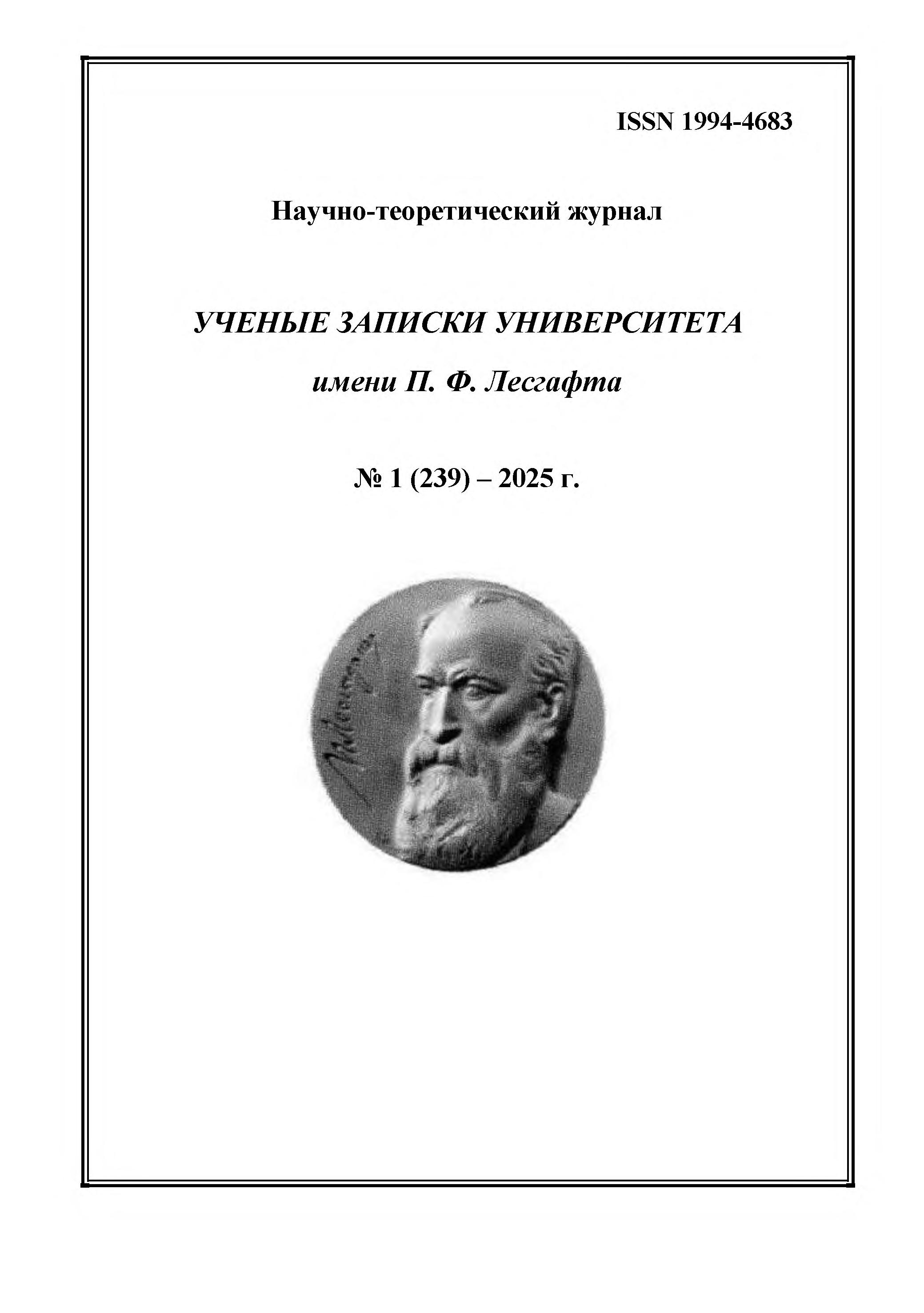Russian Federation
UDC 616.831-005
CSCSTI 76.35
The purpose of the study is to identify the key features that determine the completeness of upper extremity rehabilitation for its use in daily living conditions among individuals with the consequences of acute cerebrovascular accidents. Research methods: analysis of scientific and methodological literature, analysis of medical records, pedagogical experiment, testing, and methods of mathematical statistics. Research results and conclusions. The recovery of the upper limb and its use in daily life depends on the level of motor control following a stroke, the manifestation of spastic syndrome, and other post-stroke complications. The formulated characteristics will enable specialists to provide prognoses for the recovery of the upper limb, which will significantly influence the formulation of rehabilitation goals and determine the rehabilitation strategy.
acute cerebrovascular accident, upper extremity, motor learning, motor control, physical rehabilitation
1. Huang J., Ji J. R., Liang S. [et al.] (2022), “The impact of physiotherapy–based rehabilitation on the recovery of upper limb motor function after stroke in adults: a systematic review and meta-analysis of randomized controlled trials”, Ann Palliat Med, Vol. 11 (2), pp. 521–531.
2. Zhukova E. V., Morozova E. V., Sotskaya G. M. (2020), “Modern technologies of socio-psychological rehabilitation and habilitation of people with disabilities with impaired functions of the upper extremities due to cerebrovascular pathology (table of mechanotherapy)”, Bulletin of Science and Education, № 6-1 (84), pp. 98–100.
3. Ermagambetova A. P., Kabdrakhmanova G. B., Kozbagarov K. E., Begimbayev K. S. (2011), “Rehabilitation in the recovery period of cerebral stroke”, Bulletin of the AGIU, No. 3, pp. 25–27.
4. Purton J., Sim J., Hunter S. M. (2021), “The experience of upper-limb dysfunction after stroke: a phenomenological study”, Disabil Rehabil, Vol. 43 (23), pp. 3377–3386.
5. Belokoskova S. G., Enaldieva I. A., Cyclones S. G. (2015), “The effect of an analog of V2 vasopressin receptors, 1-deamino-8-d-arginine-vasopressin, on sensitivity disorders in patients with strokes”, Reviews on Clinical Pharmacology and drug therapy, No. 13, pp. 62–68.







